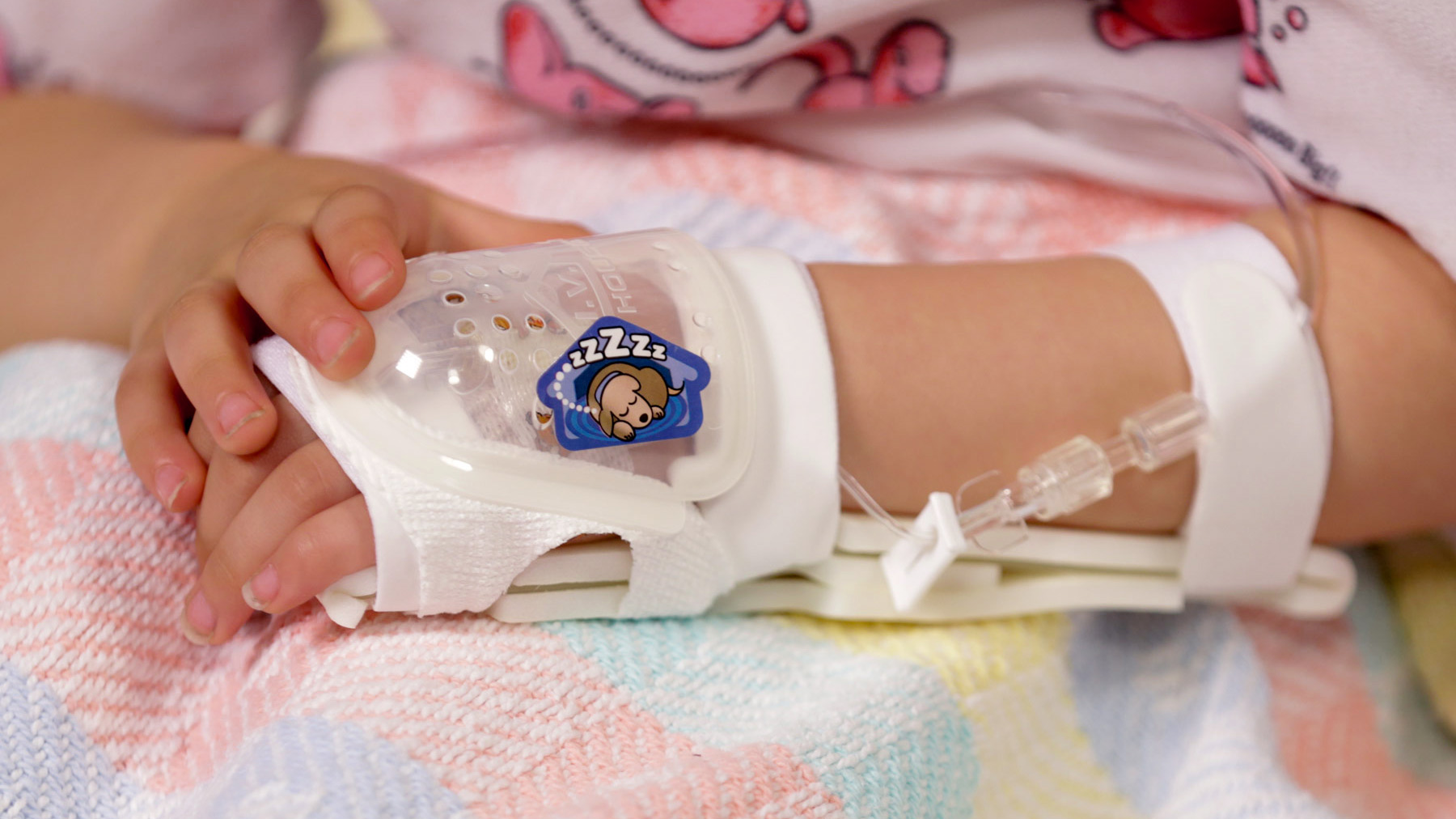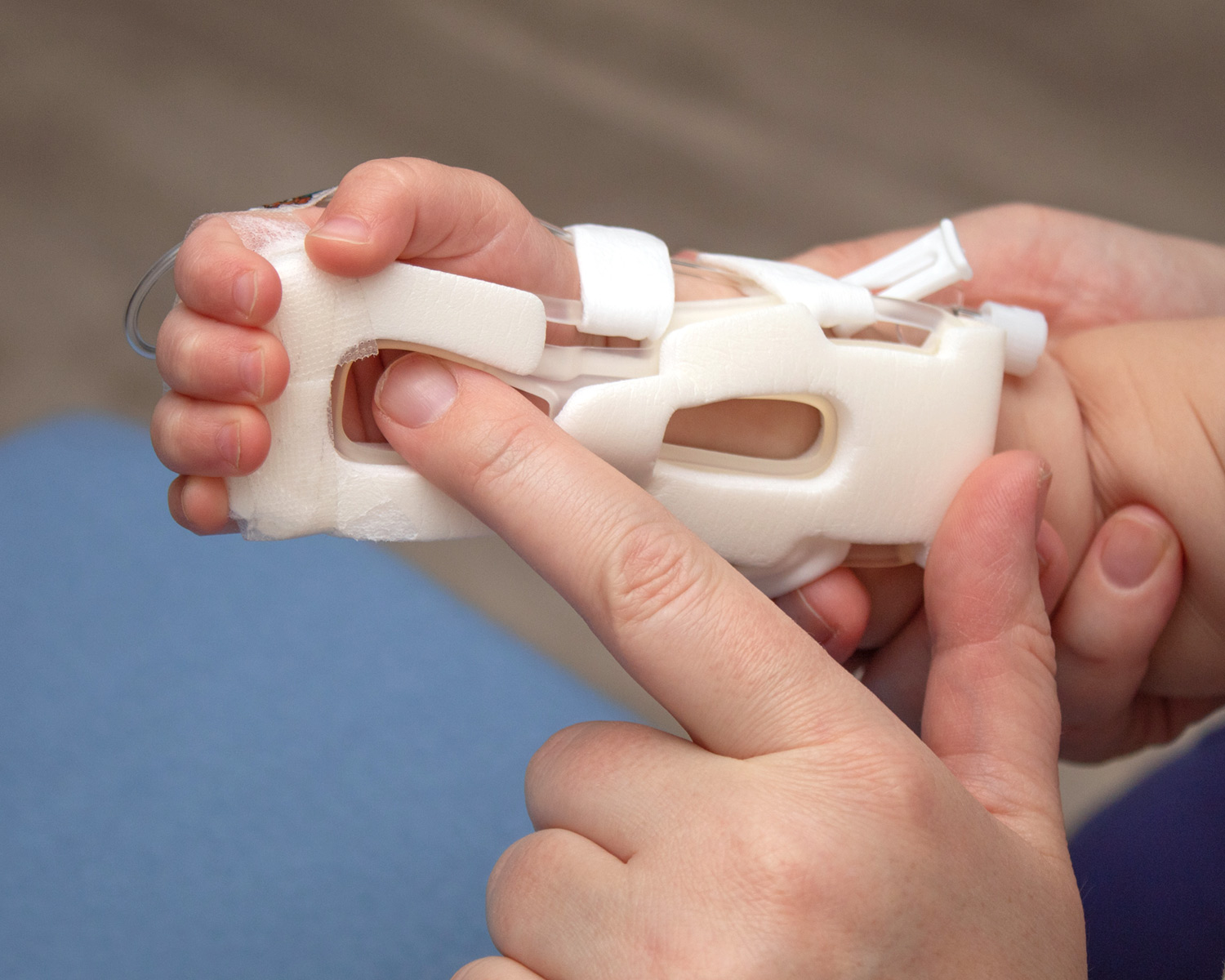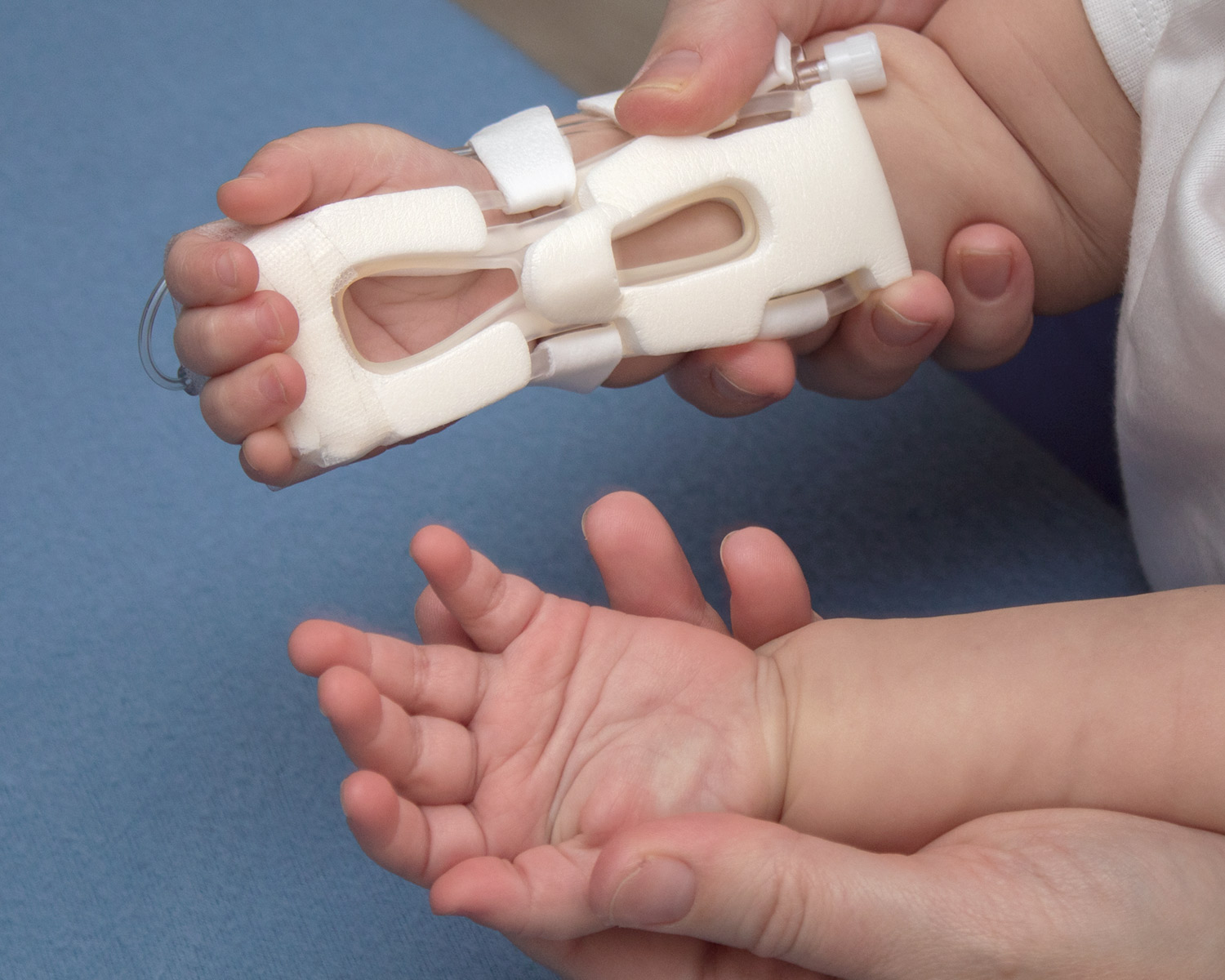The Current State of IV Therapy: Potential Harm, Costs, and Solutions
Editor's note: This article was originally posted Nov. 18, 2020, and was updated Feb. 27, 2023
IV catheter placement is the most common hospital procedure performed worldwide. Between 60–90% of hospitalized patients require an IV catheter during their hospital stay—and while IV therapy is commonplace, any procedure can cause patient harm if it is performed incorrectly.
Hospitals and other sites of care must remain vigilant about improving safety, mitigating risk, and providing cost-effective quality patient care. A straightforward first-attempt IV insertion costs between $28 and $35. However, placing an IV catheter in an area of flexion, such as the wrist or the elbow, can increase the chance of IV therapy complications, and can lead to painful and costly restarts.
Read on for more information about how a peripheral IV access device can help lessen the health risks of IV therapy in order to improve patient safety and prevent unnecessary expenses.
A Closer Look at Common IV Site Complications
Studies have shown that 35–50% of IV catheters in hospitalized patients fail. Catheter failure occurs when an IV catheter stops effectively or safely working before its intended dwell time.
Common types of failure include:
- IV Infiltration
Infiltration is when non-vesicant solutions, IV solutions, and medications that do not have the potential to cause tissue damage through blistering and ulceration, accidentally leak into the surrounding tissue. Inadequate PIVC securement can lead to increased catheter tip motion, causing vessel wall injury or loss of integrity that results in infiltration. - IV Extravasation
Extravasation is when vesicant solutions, IV solutions, and medications with the potential to cause tissue damage through blistering and ulceration, leak out of the veins and into the surrounding tissues. - Phlebitis
Phlebitis is an inflammation of the vein. It can be caused by movement of the catheter relative to the vessel wall, resulting in pain and inflammation for the patient, or by a blood clot blocking a vein close to the surface of a person’s skin. - Occlusion or Mechanical Failure
Occlusion is when the IV catheter becomes filled with blood or a precipitant, preventing the flow of the solution or medication. Catheter movement can cause obstructions, leading to vessel wall trauma and associated thrombosis. - Dislodgement
Dislodgement is when a catheter is removed from the IV insertion site accidentally or is removed by the patient. This can occur when IV insertion sites are not protected.
Common IV therapy complications can cause patients to experience pain and delayed treatment, which ultimately affects their treatment options. These delays may also increase their hospital stay and increase the overall cost of care. This can significantly reduce patient satisfaction and negatively affect a hospital’s survey scores, which are used for reimbursement.
How to Prevent Phlebitis and IV Site Complications
The most common PIVC-related complication is phlebitis, which occurs with up to 44% of catheters. While symptoms tend to be mild to moderate, the pain can sometimes be severe for patients. In many cases, these tips can help you prevent phlebitis and other problems:
- Choose the proper IV insertion site.
- Use the correct IV device and securement technique.
- Administer irritating solutions via a central line instead of a peripheral line.
The Infusion Nurses Society recommends not placing a peripheral IV catheter in areas of flexion—however, this is difficult to avoid with pediatric patients, as well as individuals who are disoriented or uncooperative. When it is necessary to use these areas for treatment, care must be taken to properly stabilize the joint and secure the IV insertion site.
I.V. House recommends the Touch, Look, and Compare (TLC) approach for monitoring IV insertion sites. Originally developed by a large pediatric hospital, the TLC method provides nurses with a memorable technique for evaluating a patient’s IV insertion site:
- Touch: The IV insertion site should feel soft, warm, dry, and pain free.
- Look: The IV insertion site should be uncovered, dry, and without redness.
- Compare: The IV insertion site and surrounding tissue should be the same size as the opposite extremity without swelling.
Improve IV Protection with I.V. House
When creating healthcare products, I.V. House strives to solve problems for both the patient and the nurses helping them. Our products help prevent accidental dislodgement and IV site injuries while improving IV securement, protection, and site access.
Order samples to see the difference I.V. House products can make for your patients:
- The TLC® Splint is an ergonomically designed alternative to standard IV armboards. It stabilizes the joint while providing access for faster visual and manual assessments.
- The I.V. House UltraDome® secures and protects the IV catheter and loop of tubing to prevent bumps and snags that lead to dislodgement.
- The I.V. House UltraDressing® has a soft fabric wrap to reduce tape usage that can lead to skin damage including epidermal stripping.
Curious about I.V. House products? See what our customers say about the entire I.V. House product portfolio or order samples now!
- Vascular Access Educator’s Survey Finds IV Tubing Dislodgment Occurs Frequently, Threatening Patient Safety, Cision PR Newswire, PICC Excellence, Dowling, Liz, Moreau, Nancy, (2017) Accessed June 12, 2018
- Accepted but Unacceptable, Peripheral IV Catheter Failure. (2015). Journal of Infusion Nursing, Vol 38, No.
- Improving Vascular Access Outcomes and Enhancing Practice. (2018). Journal of Infusion Nursing, Vol. 41, No. 6
- Impact and Safety Associated with Accidental Dislodgment of Vascular Access Devices: A Survey of Professions, Settings, and Devices. (2018). The Journal of the Association for Vascular Access, Vol. 23 No. 4
- Infusion Nurses Society Textbook: Infusion Nursing: An Evidence-Based Approach, Pages 430-431, 464-465, 561 & 580. 2010 Ed. 3, Saunders/Elsevier, St. Louis, MO
- Cincinnati Children’s Hospital Medical Center, TLC For Safety Touch, Look and Compare poster


